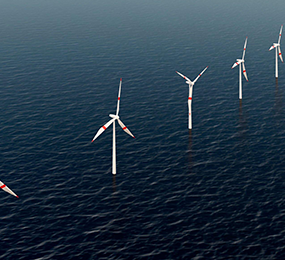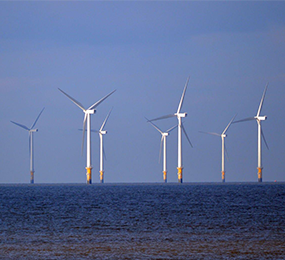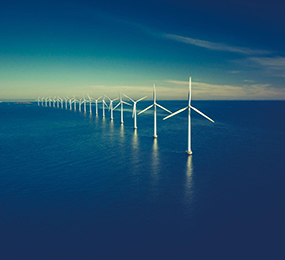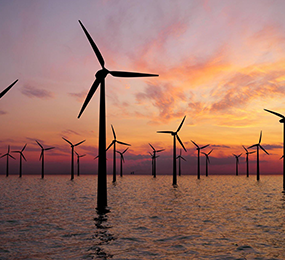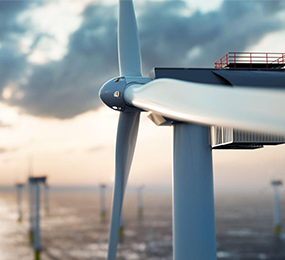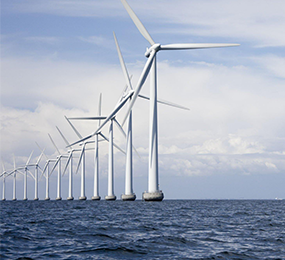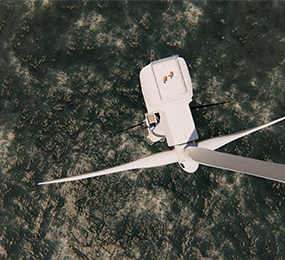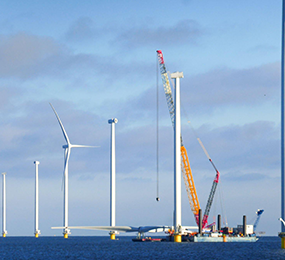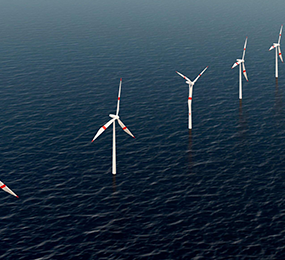The State of Floating Offshore Wind in Europe by 2030
Floating wind power
Floating wind energy deployment is key to implementing the European Green Deal. The installed floating wind capacity in the EU was 14.6 GW in 2021, and it is expected to grow by at least 25 times by 2030, taking use of the tremendous potential of the EU's five marine basins.
The EU is a member of the North Seas Energy Collaboration (NSEC) and the Baltic Energy Market Interconnection Plan in order to fully exploit the potential of floating wind in the North Sea and Baltic Sea, as well as to strengthen cooperation between nations in these regions. The NSEC and the United Kingdom created a collaboration framework in December 2022 to assist the development of cost-effective and sustainable floating renewable energy.
Ocean power
The EU's 'Blue Economy' includes ocean energy technology such as wave and tidal converters. They are fast developing and have the ability to deliver consistent and predictable electricity generation while also contributing to the EU's climate and energy goals. Ocean energy technologies may rely on a robust European supply chain due to their industrial ties with hydropower, shipbuilding, wind turbine manufacture, and floating oil and gas.
Over the last 10 years, the EU and private sector have committed more than €4 billion in maritime energy research and pilot projects. The EU has set cost-cutting objectives for ocean technologies in the Strategic Energy Technology (SET) Plan for the next decade. Tidal stream technology should cost €0.15 per kWh by 2025 and €0.10 per kWh by 2030, while wave energy should cost €0.20 per kWh by 2025 and €0.15 per kWh by 2030.
Floating installations and islands with high power prices are the first sites that potentially profit from ocean technology. More details are available in the Ocean energy barometer 2019 and the CORDIS results pack, which summarizes ten EU-funded ocean energy technology initiatives.
Floating renewable energy investment
Floating renewable energy encompasses a variety of energy sources and technologies in varying levels of development. These provide new difficulties and possibilities for European energy systems, sea users, industrial players, and civil society.
To give a long-term perspective for floating renewable energy and support the requisite investment, Europe's energy infrastructure, regulatory frameworks, market architecture, and research and innovation must be continuously developed. This involves incorporating floating renewable energy at the sea basin level in the North, Baltic, Mediterranean, and Black seas, as well as the Atlantic Ocean and the EU's outermost areas and overseas territories, as well as assuring ambitious goals in national maritime spatial plans.
The new Regulation on Trans-European Energy Networks (TEN-E), which goes into effect in June 2022, puts the EU floating strategy's aspirations into action. It comprises new infrastructure categories for hybrid floating grids and radial lines, as well as permitting procedures to expedite floating grid scale-up. Furthermore, the TEN-E Regulation encourages regional collaboration among EU nations, which will work together with the Commission to develop non-binding regional targets for floating renewable power deployment within each sea basin. These regional objectives will be used to establish strategic integrated floating network development strategies.
Visit our website to know more: https://www.leadventgrp.com/events/3rd-annual-floating-wind-europe/details
Register for the forum and also add a schedule to your calendar.
For more information and group participation, contact us: [email protected]
Leadvent Group - Industry Leading Events for Business Leaders!
www.leadventgrp.com | [email protected]


